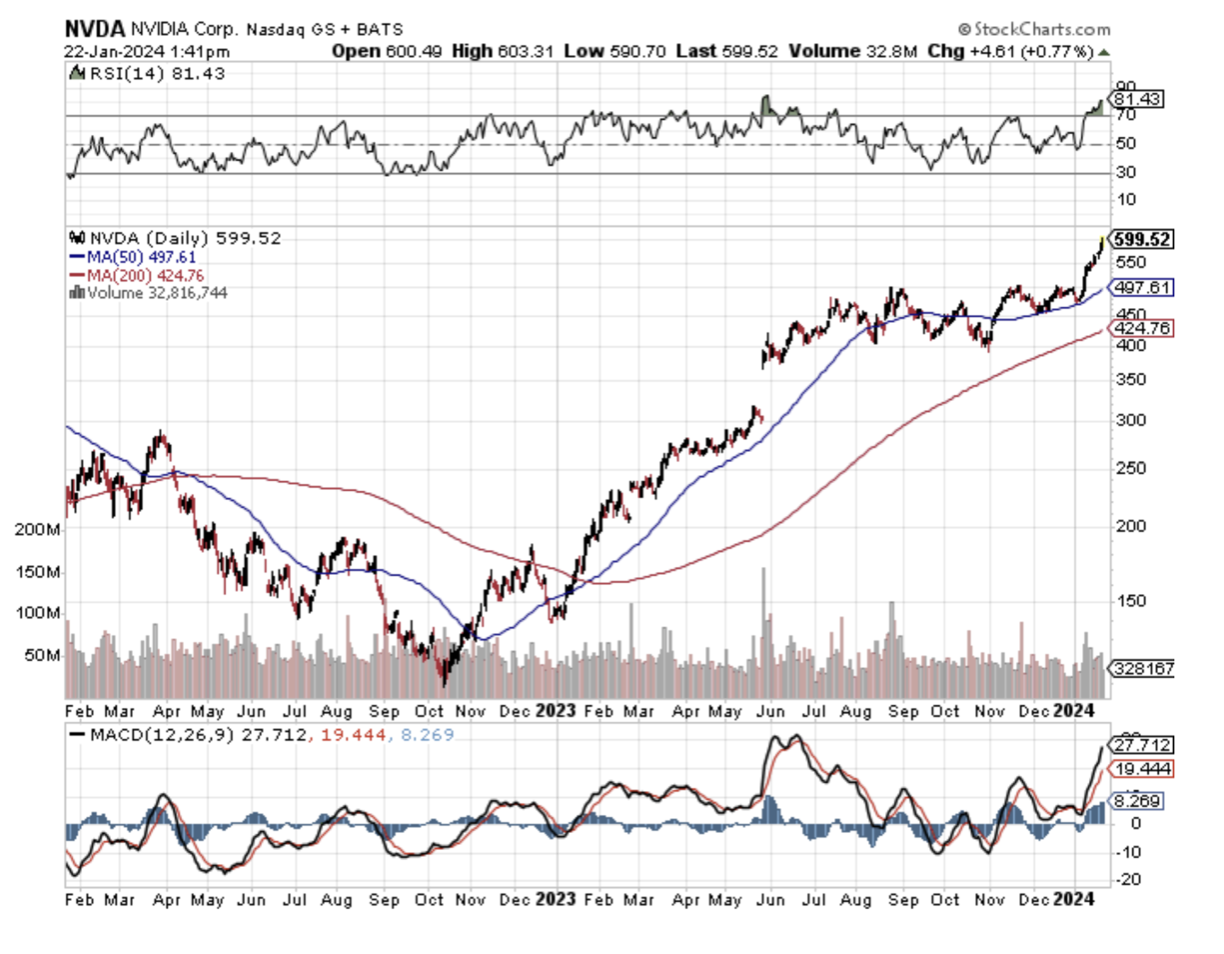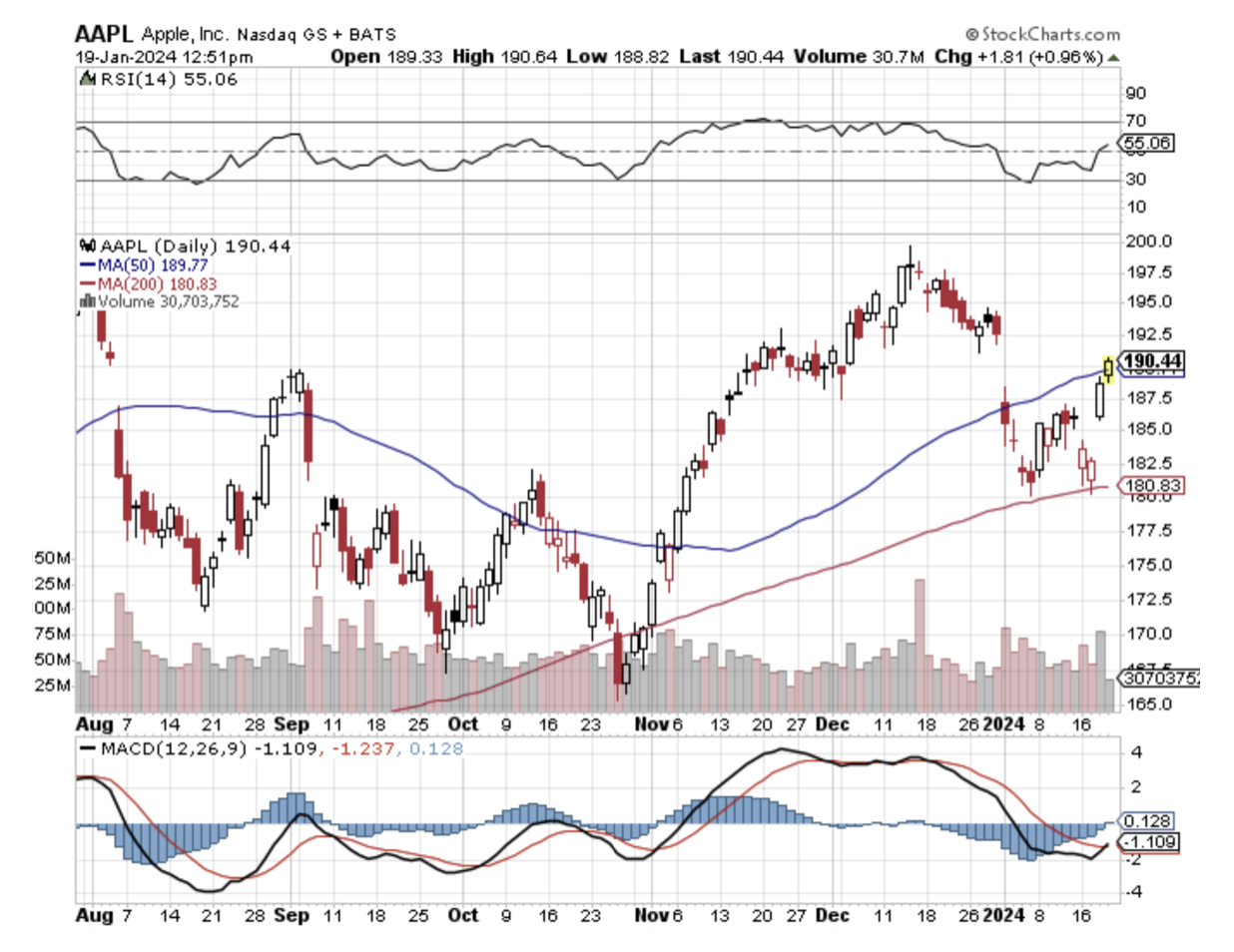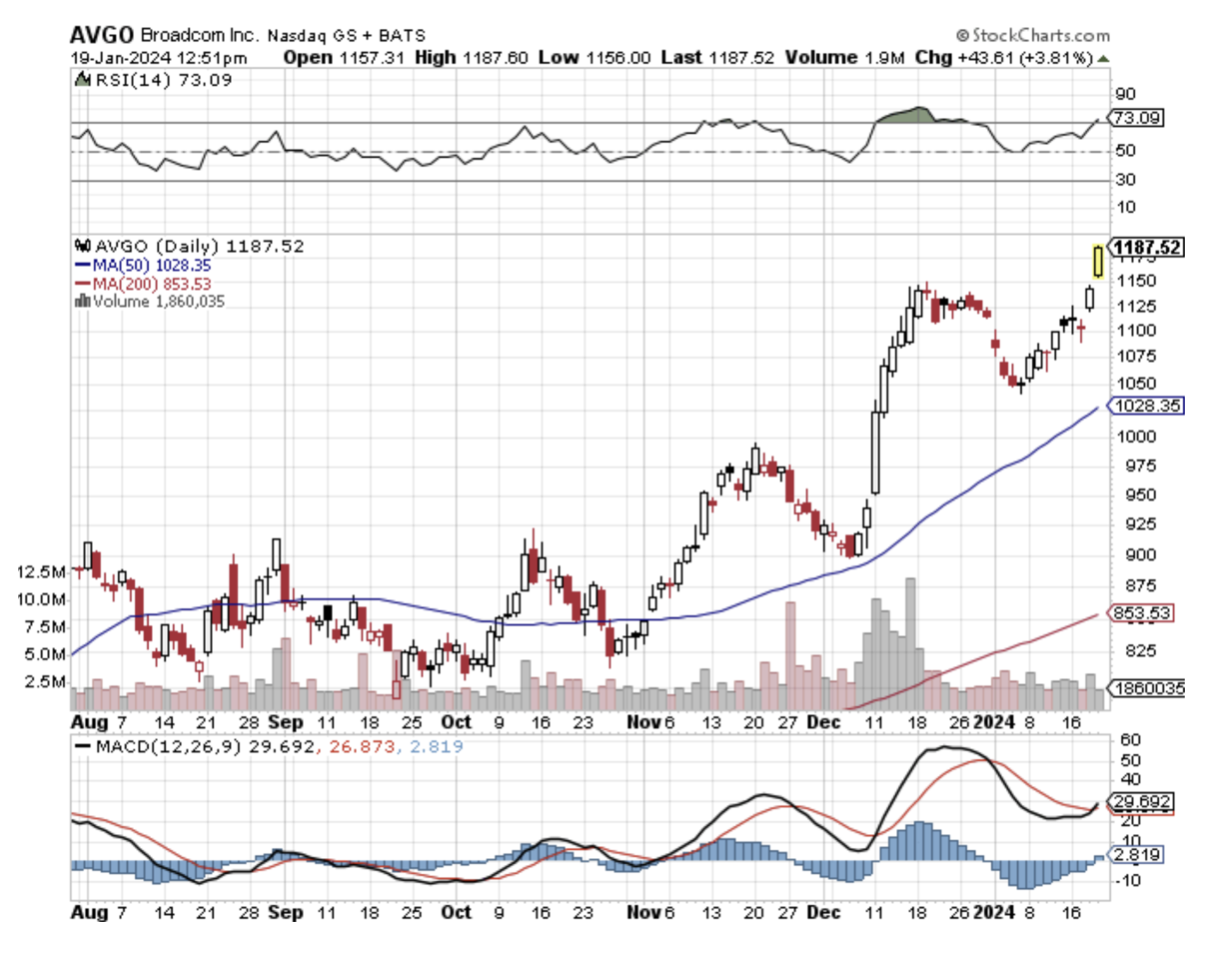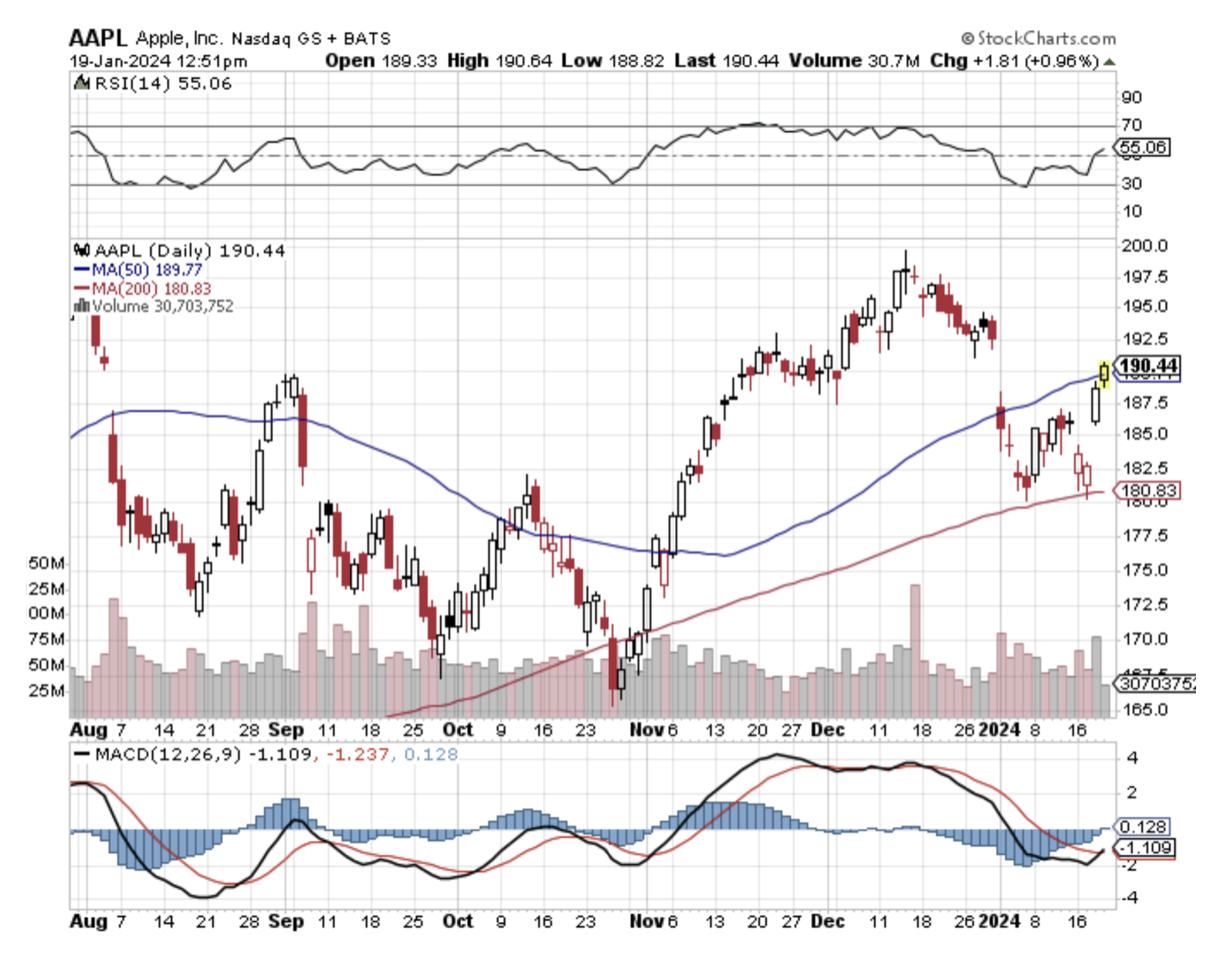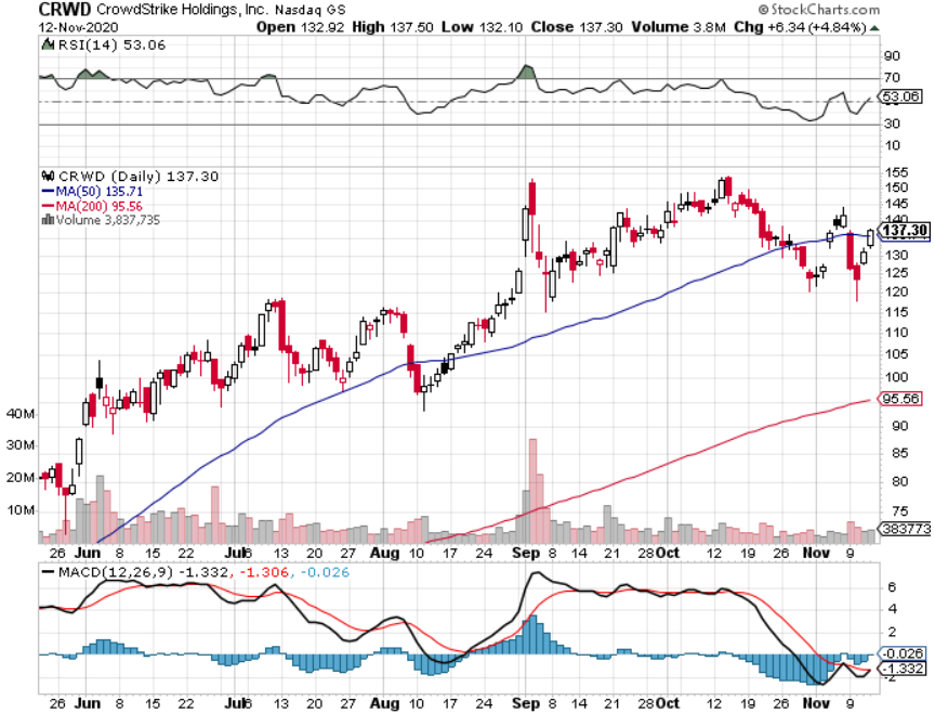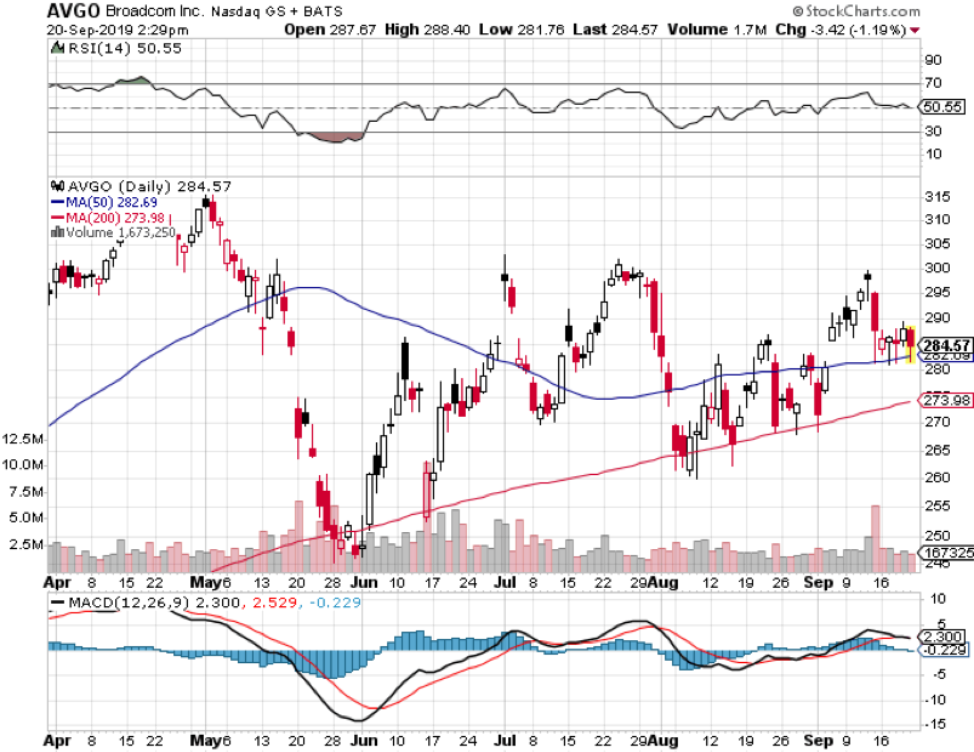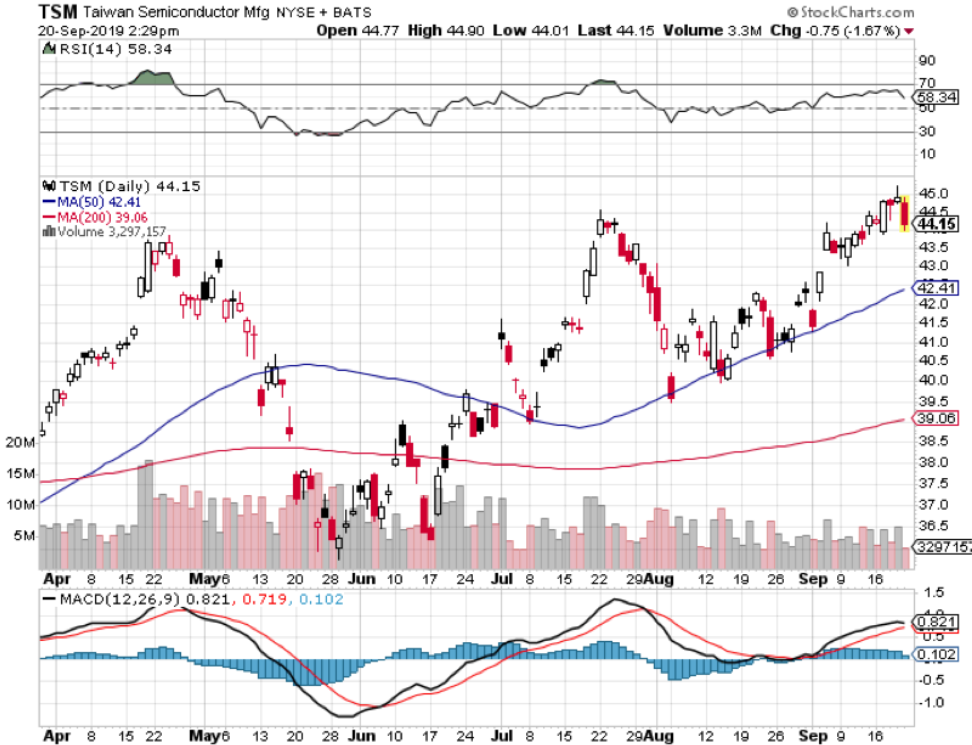It’s been three years since I published my first Special Report on artificial intelligence and urged readers to buy the processor maker NVIDIA (NVDA) at $68.80.
The stock quadrupled, readers are understandably asking me for my next act in the sector.
The good news is that I have one.
For a start, you could go out and buy NVIDIA again.
With an explosive 50% annual earnings growth, a near-monopoly in super fast processors, and a huge lead over the competition, I think there is another double in the shares that could take the price up to a stratospheric $300. Its newest super-fast graphics card, the Turing, promises to be a real barn burner and dominate the industry yet again.
But I can do better than that.
The good news if you are new to this sector is that the entire AI space has started to broaden out to offer a host of investment opportunities beyond the tiny handful I first mentioned in 2016.
These include legacy chipmakers, survivors of the great Dotcom bust, whose shares have barely moved in years.
Yes, there is such a thing as a cheap AI stock. To find out who they are, read on.
The reason for the expansion of the AI sector is that practically overnight these ultra-sophisticated algorithms have become essential to any company that wants to survive in online commerce or stay in business….period.
Those of us who have been in this business for more than 15 minutes have seen this pattern before, and the resulting impact on share prices: the Boeing 707, the personal computer, Windows, the Internet, and the smart cell phone.
AI is everywhere.
In the old days, visiting a website and window-shopping their products was easy. You just clicked around a few times and then moved on to the next site.
Now if you click on a product once, that site will follow you around relentlessly for months, appearing in the margins of your emails, offering you endless discounts and special deals.
I bought a Dell computer six months ago, and it is still pounding away at me with better offers. I feel like such a dummy buying a machine at the first price asked.
That is all AI.
The auto industry is now a major growth industry for AI. Even a simple garden-variety vehicle needs 100 chips just to operate.
The gull-wing doors on my new Tesla Model X each has its own learning program. They never open the same way twice.
In fact, when I first picked up the car last year, the salesman warned by saying it would be “stupid” for the first 3,000 miles.
It had to “learn” how to drive before I let it attempt any sophisticated self-driving maneuvers, like backing into a parking space on a crowded street.
I let it park itself in my garage now. I have only had a heart attack once.
With US annual auto production at 16.7 million units annualized, and global car and commercial vehicle production at a record 94.64 million, that is a lot of processors.
I have been covering Silicon Valley since it was a verdant, sun-kissed peach orchard in Northern California.
I have to say that in the half-century that I have followed the technology industry, I have never seen the principals, gurus, and visionaries so excited about a major new trend like AI.
Asking if AI is relevant now is like pondering the future of Thomas Edison’s new electricity invention in 1890.
If you think that AI still belongs in the realm of science fiction, you obviously didn’t get the memo. It is all around us all the time, 24/7. You just don’t know it yet.
And here’s the rub.
It is impossible to invest purely in AI.
All-new AI startups comprise small teams of experts from private labs and universities financed by big venture capital firms like Sequoia Capital, Kleiner Perkins, and Andreeson Horowitz.
After developing software for a year or two, they are sold on to major technology firms at huge premiums. They never see the light of day in the form of a public listing.
Alphabet (GOOGL) acquired Britain-based Deep Mind in 2014. Later that year, Google’s AlphaGo program defeated the world’s top-ranked Go player.
In 2016, Microsoft (MSFT) purchased Equivio, a small firm that applies AI to advanced document searches on the Internet.
Amazon (AMZN) recently bought out Orbeus, a startup known for machine learning tools for image recognition.
Amazon’s Jeff Bezos now says that his Amazon Fresh home food delivery service is using AI to grade strawberries.
Really!
We’re not talking small potatoes here.
The global artificial intelligence market is expected to grow at an annual rate of 44.3% a year to $23.5 billion by 2025.
Nearly half of all applications now use some form of AI that by 2020 will earn businesses an extra $60 billion a year in profits.
And from what I have learned from speaking to the major players over the last few weeks, I am convinced that these are low numbers by an order of magnitude.
I have been following developments in artificial intelligence since the 1960s.
There were those feeble computer dating attempts in the early seventies where we all had to prepare IBM punch cards.
I was matched with an annoyingly aggressive bleach blonde real estate agent. (Really?). Her only real qualification was that she was female.
It took decades and tens of thousands of programming man-hours before IBM’s Deep Blue could become a chess grandmaster in 1996, defeating Gary Kasparov.
Big Blue’s latest effort came to us with Watson in 2007, an 85,000-watt behemoth with 90 servers and 15 terabytes of data, or three quarters of the content of the entire Library of Congress.
The machine can read a staggering 1 million books a second. IBM has so far poured $15 billion into the project.
In 2011, Watson defeated the top-rated Jeopardy game show contestant by answering the question “What city’s national museum lost the “Lion of Nimrod.” The answer was “What is Baghdad” (I knew that!).
Today, Watson is on loan to the University of North Carolina at Chapel Hill where it has been deployed to cure cancer.
It took scientists a week to teach Watson how to read medical literature. In the second week, it read every paper published on cancer, some 25 million.
By the third week, it was proposing customized cures for advanced cancer patients, which achieved a 33% success rate.
After all, it can read all of the 8,000 cancer papers that are published every day from around the world IN SECONDS!
Scientists say that Watson has so far reached only 1% of its true potential.
It gets better than that.
A clinic can now biopsy your tumor, sequence its DNA, design a custom protein that will target and destroy your personal tumor, mass-produce it, inject it in your tumor, and cure you of cancer in a month.
This is being done with human volunteers in clinical trials NOW.
Expect this procedure to go retail and be made available to you in about five years. And by that, I mean cheap, locally available, and covered by your health insurance policy.
I believe that Watson and its future offspring will cure the major human maladies within a decade. My generation will probably be the last to suffer serious disease.
It isn’t just Watson that will take us the great leap forward in computing. By 2020, you will be able to buy a low-end laptop for $500 that can hold ALL KNOWLEDGE ACCUMULATED IN HUMAN HISTORY!
They better hurry. That body of knowledge is doubling every 18 months!
It is a key part of my argument that the US will enjoy a Golden Age and see a return of the “Roaring Twenties” during the 2020s.
If you have in any way been involved in the stock market for the past five years, AI has invaded your life.
High frequency trading and hedge funds now account for 70% of the daily trading volume on the major stock exchanges, and almost all of this is AI-driven.
Having spent my entire life trading stocks, I can confirm that in recent years the market’s character has dramatically changed, and not for the better. Call it trading untouched by human hands.
Algorithms are trading against algorithms, and whoever wins the nuclear arms race brings home the big bucks.
You used to need degrees in Finance and Economics, or perhaps an MBA, to become a professional fund manager. Now it’s a Ph.D. in Computer Science.
Remember the May 2010 flash crash when the Dow Average plunged 1,100 points in minutes wiping out $4.1 billion in equity value? AI’s fingerprints were all over that.
In 2016, the British pound lost 6% of its value in a mere two minutes, a move unprecedented in the history of foreign exchange markets. The culprit was AI.
Don’t expect the path forward to AI to be an easy one.
Indeed, the machines already have the power of life and death over all of us.
No less figures than Nobel Prize winner Dr. Stephen Hawking and Tesla’s Elon Musk have warned that computers and the Internet may have the power to pose a threat to human existence within a decade.
They are especially concerned about the militarization of powerful robots, something I know the US Defense Department is hell-bent on developing.
As I write this, the only thing preventing a drone attacking a village in Afghanistan is an Army corporal hitting a red button on a console in Nevada.
In the future, antivirus software won’t be needed to protect your computer. It will be essential to protect you FROM your computer.
You know that massive denial of service attack that hit the United States on October 21, 2016?
I asked one of my friends at security giant Palo Alto Networks (PANW) if it was the Russians again. He replied, “You better hope it’s the Russians.”
The implication is that the Internet may have launched the attack itself.
Now, about that stock recommendation.
Since we aren’t venture capitalists, we can’t buy into pure AI firms in their early stages. And I’m too old to get a Ph.D. in computer science.
We, therefore, have to be sneaky and get in through the back door via an indirect play which still has plenty of upside leverage.
My current favorite among the AI alternative stocks is Advanced Micro Devices (AMD).
If Intel only piques your appetite for AI stocks and you feel you need another serving, I have listed below ten names that will benefit mightily from this once-a-century opportunity.
AI Stock to BUY
Advanced Micro Devices (AMD)
Analogue Devices Communication (ADI)
Applied Materials (AMAT)
Broadcom (AVGO)
Cirrus Logic (CRUS)
Cypress Semiconductor (CY)
Intel (INTC)
Lam Research (LRCX)
Micron Technology (MU)
Taiwan Semiconductor (TSM)
If you’re really lazy, you can just buy a basket of semiconductor stocks through an industry-specific ETF.
The largest is the VanEck Vectors Semiconductor ETF (SMH), with $1.3 billion in assets under management. For a prospectus on the fund, please click here.
Or you could just stick with NVIDIA.
No matter how you want to slice and dice it, AI should be a dominant factor in your IRA, 401k, or benefit plan.
And you are a trader by nature, this will be a great sector to trade around.
As for your computer, you better start leaving it unplugged at night.
You never know.
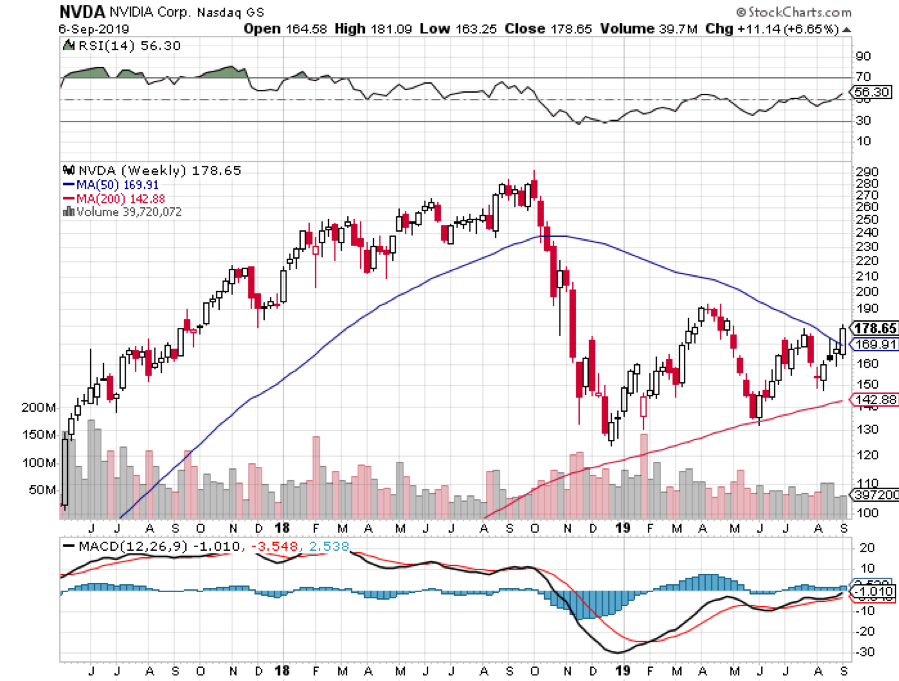
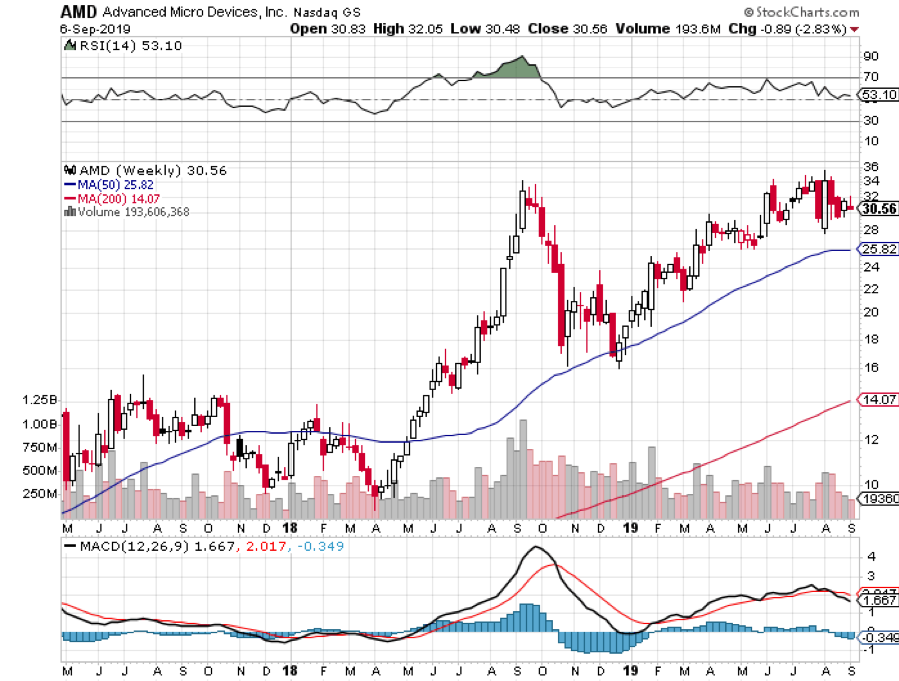
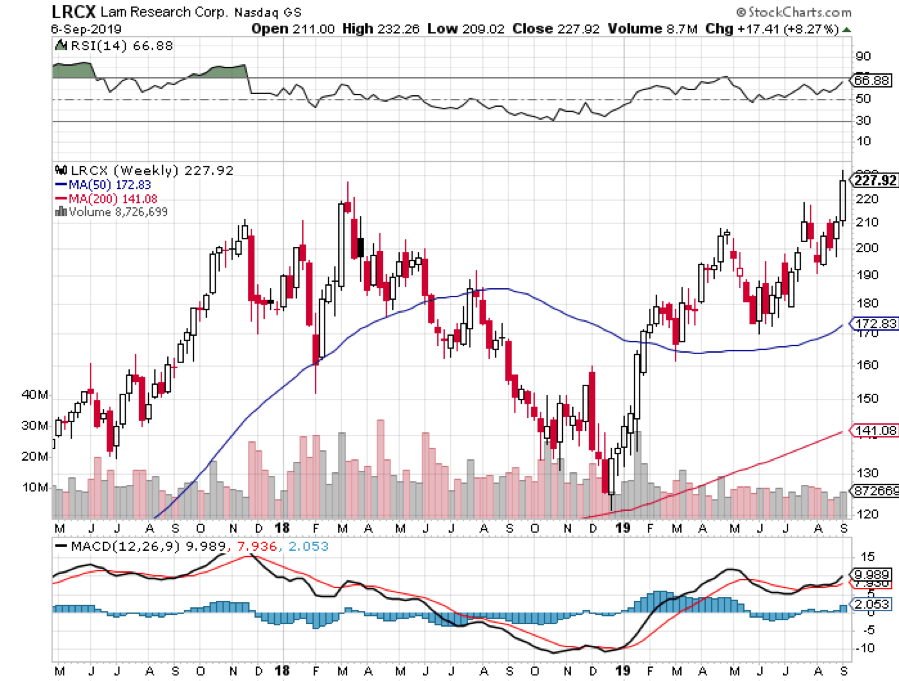

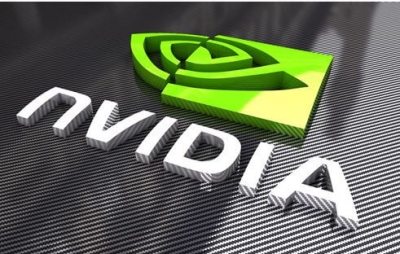
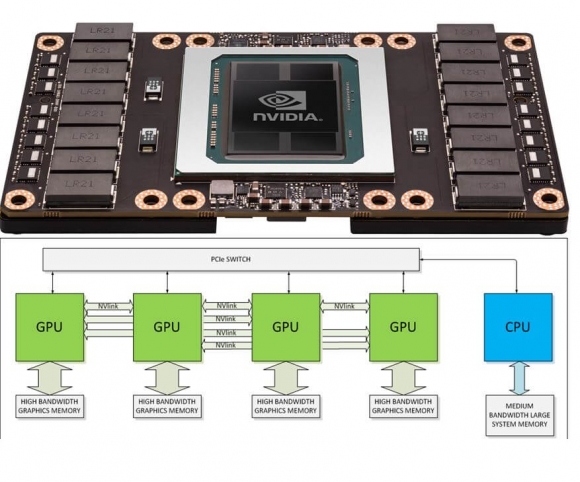
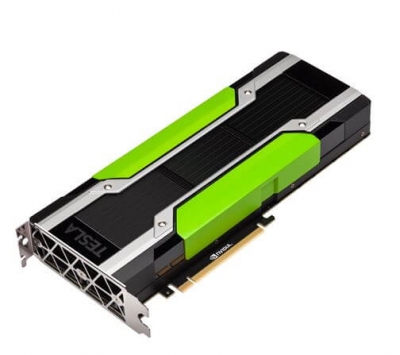
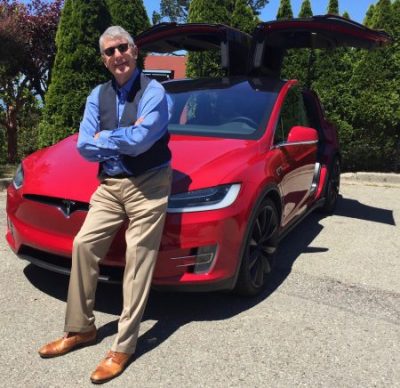
She’s Smarter Than You Think
